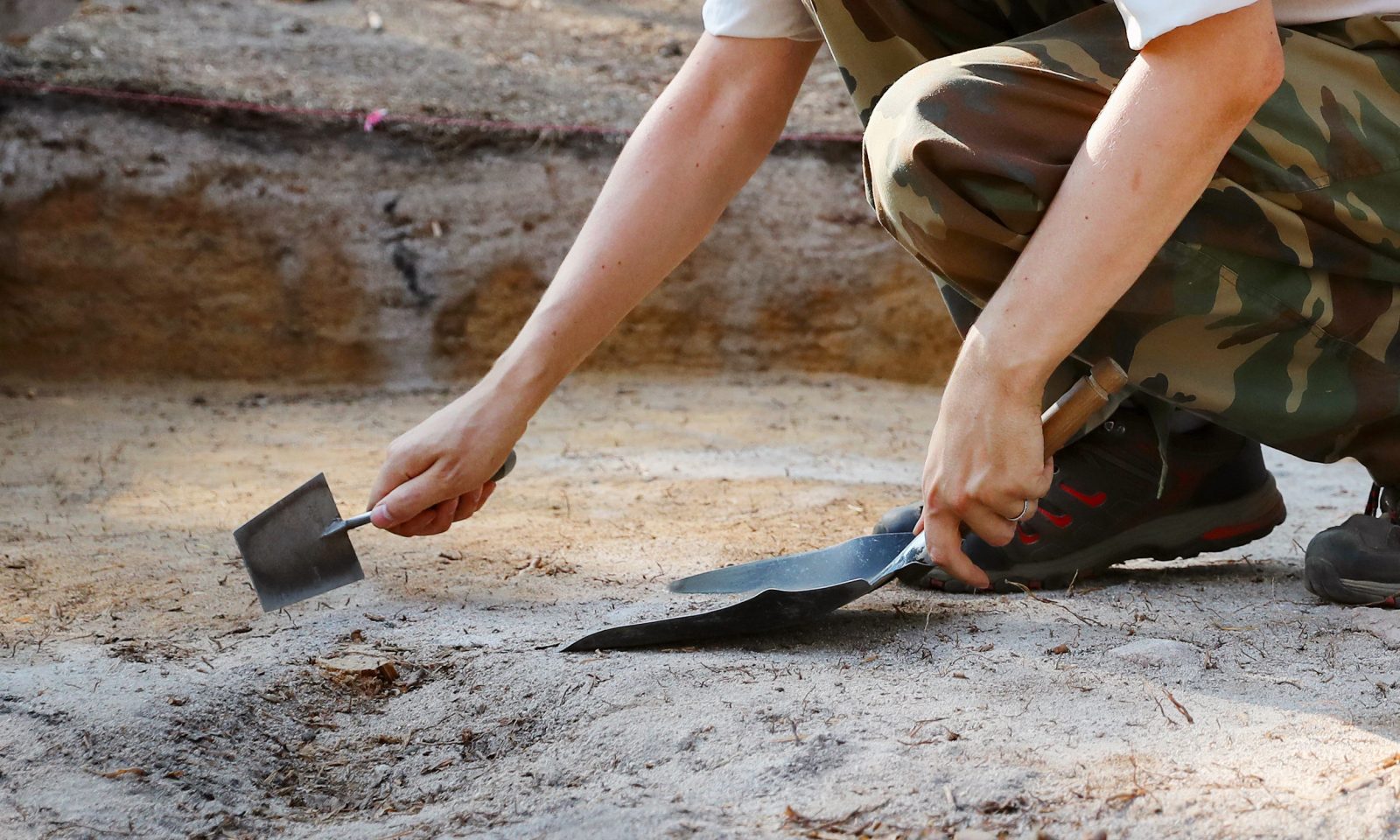Stone Age sites are usually found during archaeological inventories and as a result of land use. During a survey, the archaeologist surveys the site looking for signs of possible human activity on the ground. If necessary, the archaeologist may carry out excavations and make small test pits in the ground to verify findings. In the Stone Age, the floor of houses was often excavated deeper than the surrounding area. Over time, only these shallow depressions have remained, and they are often easy to distinguish from the landscape.
Harrowing forests, the construction of forest roads and the wear caused by paths can also reveal traces of ancient human activity.
Studies have shown that Stone Age people preferred to settle by water. Therefore, ancient seaside areas are potential places to find signs of Stone Age settlements, and the height of the land above sea level can also give clues about the date of the site.
